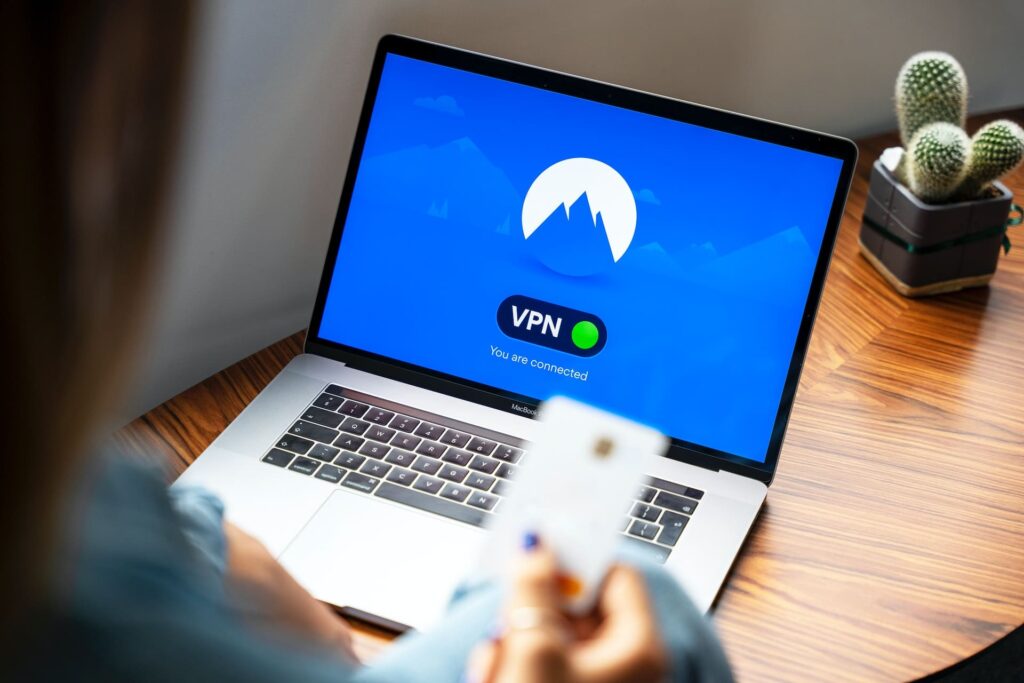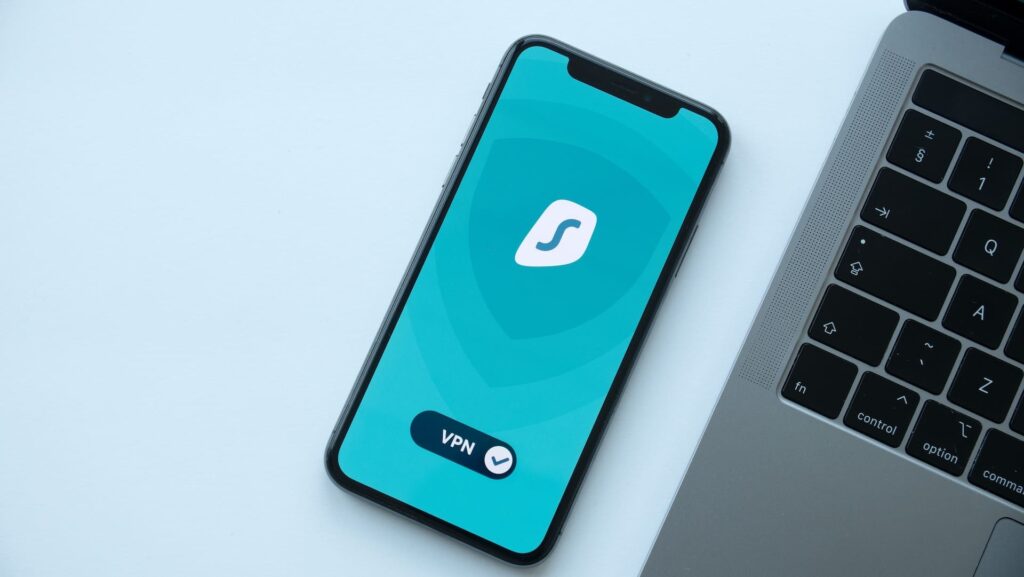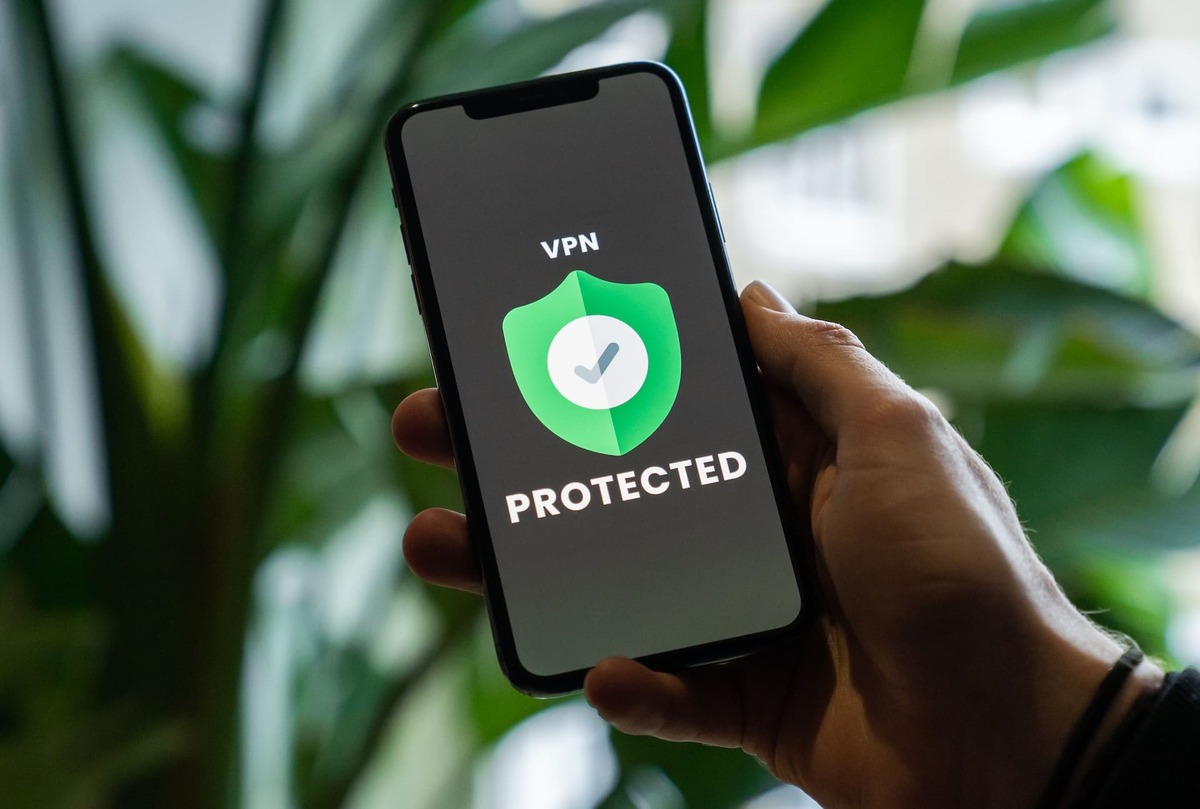
What is definitely known about Open VPN is that it is a popular open-source protocol for establishing secure connections over unsecured networks such as the Internet. This protocol is used to establish virtual private networks (VPNs) by providing data encryption between devices, allowing secure communication over public networks.
OpenVPN uses several encryption methods to protect data, such as asymmetric public key encryption. It supports many operating systems and devices, making the service a flexible tool for creating secure connections for both individual users and corporate networks.
Key features and characteristics of OpenVPN
Unambiguously OpenVPN is a software for creating a virtual private network between remote users and wireless access points. Key features and characteristics of OpenVPN:
- Cross-platform. Runs on Windows, macOS, Linux, Android, and iOS operating systems.
- Cryptography. Uses powerful encryption algorithms such as AES (Advanced Encryption Standard) and RSA (Rivest-Shamir-Adleman) to keep data secure.
- Protocol Support. Compatible with protocols including TCP (Transmission Control Protocol) and UDP (User Datagram Protocol).
- Security. Provides protection for users, including two-factor or certificate-based authentication, protection against man-in-the-middle attacks, and protection against DDoS (Distributed Denial of Service) attacks.
- Flexibility. Utilize routing, IP addressing, and port settings.
- Ease of Configuration. Simple interface with installation instructions for users of even low skill level.
- Scalability. Handles hundreds or even thousands of connections simultaneously, making the application ideal for businesses and organizations.
- Community and Support. An active community of users and developers, ensures ongoing support and updates.
- Mobility. Used on portable devices as mobile proxy servers, providing secure network access while traveling.
- Information Productivity. Minimal network traffic overhead with high-speed data transfer.
Overall, OpenVPN is a reliable and effective means of ensuring security and privacy on the network.
How OpenVPN works
It is not difficult to understand OpenVPN, what kind of program it is. It works on the basis of client-server architecture and uses encryption to create a secure tunnel between devices. The structure of work is not complicated, but it is of high quality:
- setting up the server;
- establishing a connection;
- setting up the tunnel;
- authentication;
- creating an encrypted tunnel;
- data exchange;
- connection termination;
- connection termination.
OpenVPN runs on available ports and applies protocols, making the service easy to customize and adapt to your own usage scenarios. It also supports multiple operating systems to utilize the application on a wide range of devices.

Security of using OpenVPN
It can be difficult to understand how to work with OpenVPN for the average person, but you can understand it if you need to ensure security and privacy on the Internet, preventing access to data to third parties and protecting against threats on the network. This is provided by the following aspects:
- Ensures the confidentiality of transmitted information and protects against unauthorized access.
- Allows client and server authentication before establishing a connection.
- Protects against DDoS attacks, including limiting the number of simultaneous connections and filtering network traffic.
- Protection against data leakage (DNS and IPv6) can be checked in the OpenVPN configuration settings.
- Supports the ability to configure an access control policy that can restrict use to authorized users only.
- Regularly check for OpenVPN updates and install them, because they contain fixes for flaws in previous versions.
It is important to note that OpenVPN security depends heavily on proper server and client configuration and management. Therefore, it is recommended that you consult your security manager or follow the recommendations of the official OpenVPN documentation when configuring your system.
How to use OpenVPN
Before installing the application it is worthwhile to determine the necessary components or software, to study the security of OpenVPN and the level required. Regarding the situations where OpenVPN is applied, this protocol is suitable when it is necessary to ensure the security of the Internet connection, whether it is:
- online gaming;
- downloading files via torrents;
- anonymous reporting;
- bypassing geo-blocking;
- countering firewalls.
It can be set to automatically turn on every time the device is launched or when connected to a home Wi-Fi network. The VPN can also be enabled on demand by the user through the provided app.
Installation and configuration
First, you will need to install the OpenVPN client on your device. Once downloaded and unzipped, follow the step-by-step instructions:
Download the configuration file (.ovpn) from the VPN server you want to connect to.
Open the client and select “Import” or similar option. Specify the path to the downloaded .ovpn file and import.
After importing the configuration file, select the application from the list of connections in the client.
Enter the credentials to connect to the VPN server. The program asks for the user name and password provided by the VPN provider.
Click on the “Connect” button or similar option.
Once the connection is established, you will be connected to the VPN server and the IP address will be hidden, providing a secure and private online connection.
Keep in mind that specific steps and options may vary depending on the operating system and client you are using. However, it won’t take long to see how secure OpenVPN is.
Advantages and disadvantages of OpenVPN
OpenVPN is endowed with a number of advantages and disadvantages that you should look out for when installing it.
Advantages:
- Allows you to use open networks, keeping your information anonymous and secure.
- Works with available operating systems and devices for use even on the go.
- Being an open-source project, OpenVPN provides code transparency to control security.
- Uses both TCP and UDP, making the service adaptable to changing network conditions.
Disadvantages of OpenVPN:
- Difficult to set up for inexperienced users, but you can consult the developer’s instructions.
- Some performance issues are sometimes noted due to encryption when working with large data.
- Requires installation of a third-party client application.
- Blocked in some countries or restricted by government censorship, which can create access issues.
While OpenVPN offers a robust level of security and configuration flexibility, the OpenVPN algorithm is not complex, but it is important to consider and work around the drawbacks when using it.
Practical examples of using OpenVPN
OpenVPN is a powerful tool for creating secure virtual private networks. Due to its unique characteristics, OpenVPN allows you to secure data in a variety of situations. The following are practical concrete scenarios in which OpenVPN can be useful.
- Remote working:
Openvpn is an ideal solution for creating secure communication channels between remote employees and the corporate network. Using a VPN, employees can securely connect to internal company resources such as file servers, databases, and internal applications without fear of confidential information leaks.
- Bypassing geographic restrictions:
OpenVPN features allow users to mask their location and access websites and services that are normally blocked in their region. This is especially useful for accessing media content restricted by license agreements.
- Protection on public Wi-Fi networks:
Connecting to public Wi-Fi networks, such as those in cafes, airports, or hotels, presents significant data security risks. Using OpenVPN helps encrypt user traffic, protecting it from attackers who can intercept data on such networks.
- Personal data protection:
OpenVPN’s algorithm includes the use of advanced encryption methods such as AES and TLS to protect user data. This is especially important for those who make frequent online transactions or handle sensitive information.
- Organizing secure communications in healthcare facilities:
Medical facilities often use OpenVPN to establish secure communication channels between different departments, laboratories, and other facilities. This allows medical information to be shared without risk of leakage, which is especially important in the context of meeting patient data protection standards.
FAQs
- What is OpenVPN and what is it used for?
OpenVPN is an open-source protocol for establishing secure connections over insecure networks such as the Internet. It allows you to establish secure virtual private networks (VPNs), ensuring data privacy and security.
- What devices and operating systems can I use OpenVPN on?
OpenVPN supports multiple operating systems including Windows, macOS, Linux, Android, and iOS, making it a versatile solution for a variety of devices.
- What are the main benefits that OpenVPN provides?
Some of the benefits of OpenVPN include a high level of security, support for multiple protocols and operating systems, the ability to work over TCP and UDP, and support for various authentication methods.
- How to configure OpenVPN?
To set up OpenVPN, you need to install the client software, download the configuration file from the VPN server, and follow the instructions to establish a connection. This may require entering credentials and selecting the correct server.
- What are the disadvantages of using OpenVPN?
Disadvantages include the potential complexity of setup for new users, possible performance issues due to encryption, and the need to use a third-party client application. In addition, access to OpenVPN may be blocked in some countries.
- Is it safe to use OpenVPN?
Yes, OpenVPN is considered one of the most secure ways to connect to a VPN due to its use of strong encryption and authentication methods.






